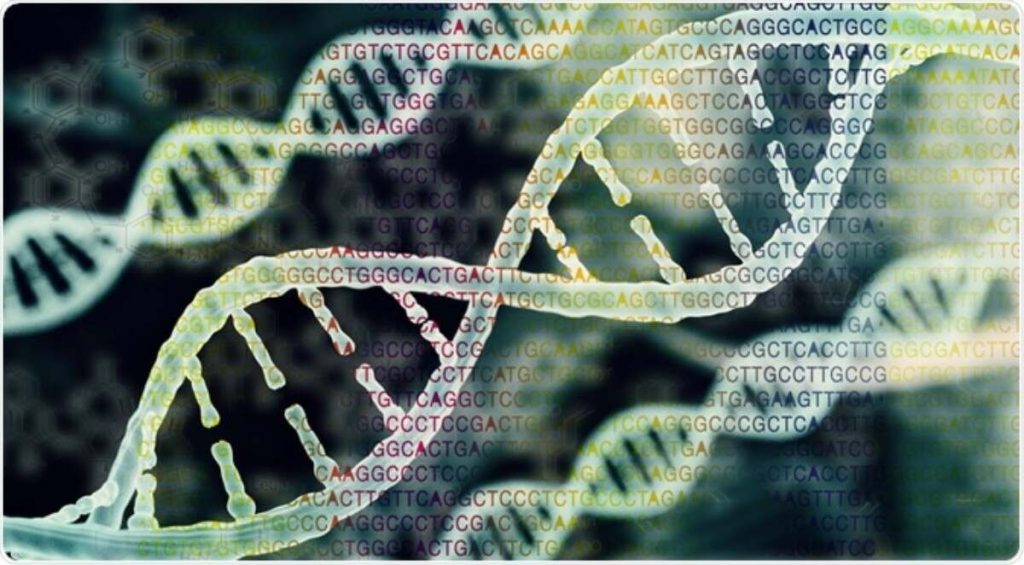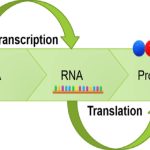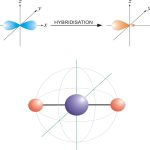For all that we can learn from the genome, it’s the other ‘omic disciplines that spell out an organism’s biology. Want to know what proteins a cell makes? Try proteomics. Metabolites? Use metabolomics. But if your goal is RNA, you’ll need to dive into the transcriptome.
Transcriptomics studies attempt to catalog and quantify the RNA content of a cell, tissue or organism. In some cases, the goal is to target all transcripts, regardless of their structure or function. Other studies, though, home in on one specific subset of the transcriptome, such as mRNAs, microRNAs (miRNA) or long noncoding RNAs.
There essentially are three techniques for tackling the transcriptome: real-time quantitative PCR (qPCR), microarrays and “next-gen” DNA sequencing (an application called “RNA-Seq”).
The qPCR technique is highly quantitative and sensitive but generally best for interrogating a relatively small number of transcripts in a large set of samples. Microarrays and RNA-Seq offer genome-wide surveys of the transcriptome, but microarrays can only detect sequences homologous to what’s on the array. In contrast, RNA-Seq is “unbiased,” making it ideal for discovery. On the other hand, microarrays are relatively inexpensive, widely available and easily analyzed on the back end, whereas DNA sequencing remains costly and decidedly difficult, computationally speaking.
Microarrays still have their place
By all accounts, DNA sequencing is ascendant for transcriptome analysis, and microarrays are waning. As far back as 2008, Nature asked if the scientific community was witnessing “The death of microarrays?” Today, arrays are still kicking; a poll of 175 readers of the “RNA-Seq Blog” came up 50-50 on the question, with 88 voting that arrays are “Here to stay” and 87 selecting “Its [sic] curtains”.
“I think the overall market is probably declining a little bit, but arrays aren’t going away like people thought,” says Yong Yi, associate director of marketing for genomics at Agilent Technologies.
Agilent offers both custom and off-the-shelf (catalog) gene expression microarrays for transcriptome analysis, including the SurePrint G3 Human Gene Expression 8x60K v2 Microarray. Also in this market is Affymetrix, whose portfolio includes the GeneChip® Human Transcriptome Array 2.0 and GeneChip miRNA 3.0 array. (The other major array manufacturer, Roche NimbleGen, exited the DNA microarray business in 2012, directing its array customers to Agilent.)
Real-time quantitative PCR
Sold either gene by gene or as panels for broader analyses, qPCR products for transcriptome analysis are widely available (see this recent Biocompare.com article for more details) . Life Technologies offers its TaqMan® Gene Expression Assays in several formats, for instance, including both a 384-well microfluidic card and 3,072-well OpenArray® plate. Qiagen’s SABiosciences division offers SureFIND™ Transcriptome PCR Arrays for up to 900 miRNAs or 270 transcription factor genes. And Sigma-Aldrich has prepared libraries of qPCR primers for SYBR Green-based qPCR analysis of human, mouse, rat and zebrafish genes (the KiCqStart® SYBR® Green Primers).
Diving deeper with RNA-Seq
Most sequencing vendors offer tools to support RNA-Seq applications, such as Illumina’s TruSeq Stranded mRNA Sample Preparation Kit (which retains information on the transcript’s template strand of origin) and Life Technologies’ SOLiD® Total RNA-Seq Kit. Also offering strand selectivity is Agilent’s SureSelect Strand Specific RNA Library Preparation Kit.
According to Yi, researchers are increasingly trying to dive deeper into the transcriptome than just mRNAs, to include microRNAs, long noncoding RNAs, strand-specificity and more. “That’s one of the trends we’re seeing with RNA-Seq, where people are trying to get a deeper understanding of the transcriptome in general, and [the strand-specific SureSelect kit] is one of the things that allows that,” Yi says.
In the world of next-gen sequencing, efficiency is key—sequencing the specific bases you want as deeply as possible while minimizing extraneous nucleotides. One way to do that is to eliminate ribosomal RNA with tools such as Epicentre’s Ribo-Zero™ rRNA Removal Kit (now available from Illumina) and Life Technologies’ RiboMinus™ Eukaryote Kit for RNA-Seq.
Researchers also can use target enrichment to capture not just specific classes of RNA, but specific sequences—an RNA analog of, for instance, exome capture. In 2012, Japanese researchers used a set of custom RNA probes (synthesized by Agilent) corresponding to 913 human protein-coding genes to identify cDNA gene fusions that would be difficult to detect by standard exome sequencing [3].
Despite their differences, all these techniques measure the average transcript abundance of populations of cells. But increasingly, researchers are attempting to probe the transcriptome of individual cells. According to Elaine Mardis, co-director of the Genome Institute at Washington University in St. Louis, single-cell RNA-Seq was a popular topic at the recent Biology of Genomes meeting at Cold Spring Harbor Laboratory.
“Given a set of genes that are available for transcription, how differently does the cell or organ interpret that set of basic instructions?” Mardis asks. “The single-cell capability is going to allow us to evaluate, from multiple single cells, just what the broad range of genome interpretation is that’s going on.”
Indeed, researchers are becoming increasingly aware that gene expression levels vary wildly from one cell to the next thanks largely to randomness, or stochasticity. These differences are impossible to see when studying cell populations but can dramatically impact the phenotype of any given cell.
Several such methods have been published in the past few years, using either microfluidics or fluorescence activated cell sorting (FACS) to isolate single cells. One of the most recent is “Quartz-Seq” [4]. Hiroki Ueda and colleagues at the RIKEN Center for Developmental Biology published Quartz-Seq (which uses FACS to isolate individual cells) earlier in 2013 and demonstrated that they could use it to distinguish mouse embryonic stem cells from primitive endoderm based on transcriptional profiles and to distinguish cell-to-cell stochastic variation.
For transcriptome biologists, such methods should be welcome news, as they will enable them to analyze tumorigenesis and developmental processes with a resolution never previously achievable. Says Yi, “The RNA world is pretty complex.”


